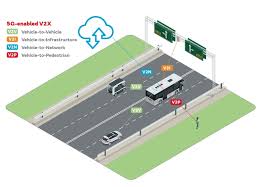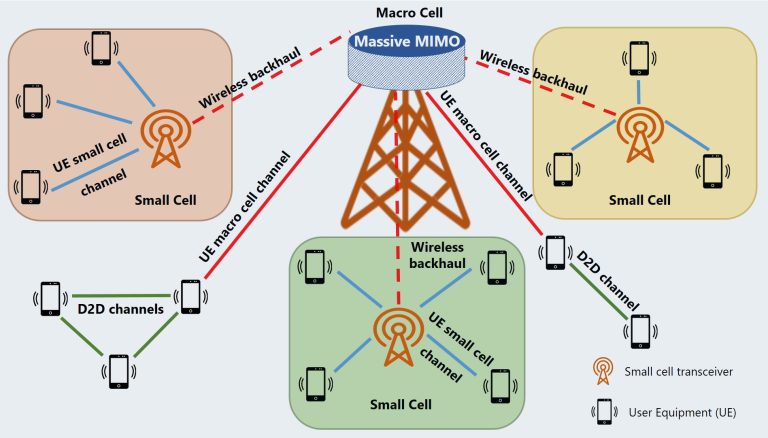5G RAN Explained: What is Radio Access Network in 5G?
telcomatraining.com – The rapid advancement of 5G technology has revolutionized wireless communication, enabling faster speeds, lower latency, and improved connectivity. A critical component of this network is the Radio Access Network (RAN), which serves as the bridge between user devices and the core network. Understanding 5G RAN is essential to grasp the full potential of 5G. In this article, we explore what 5G RAN is, how it works, and why it is vital for the future of connectivity.
What is 5G RAN?
5G Radio Access Network (RAN) is the part of the 5G network responsible for managing radio frequencies and facilitating communication between mobile devices and the core network. It consists of cell towers, antennas, and base stations that connect users to the 5G infrastructure. Unlike traditional RAN systems used in previous generations, 5G RAN is designed for enhanced efficiency, scalability, and flexibility.
Components of 5G RAN
A 5G RAN typically consists of the following key components:
- gNodeB (gNB): The base station in a 5G network, responsible for transmitting and receiving radio signals from user devices.
- Centralized Unit (CU): A logical function that handles high-layer protocols, such as network control and management.
- Distributed Unit (DU): This processes lower-layer functions, including real-time traffic management.
- Radio Units (RU): Physical antennas that transmit and receive wireless signals over the air.
These components work together to ensure seamless connectivity and efficient data transmission.
How 5G RAN Works
5G RAN operates using advanced technologies such as Massive MIMO (Multiple Input, Multiple Output), Beamforming, and Network Slicing to improve performance. Here’s how it functions:
- Signal Transmission: The gNB transmits and receives radio signals through radio units and antennas.
- Data Processing: The distributed unit (DU) processes real-time data, ensuring low latency and fast response times.
- Traffic Management: The centralized unit (CU) optimizes network traffic and dynamically allocates resources based on demand.
- Connection to Core Network: The RAN connects to the 5G core network (5GC), enabling seamless communication between devices and cloud services.
Types of 5G RAN Architecture
There are several architectural approaches to deploying 5G RAN, including:
1. Traditional RAN
Each base station functions independently, handling both radio and baseband processing. While reliable, this approach can be costly and inefficient for large-scale 5G deployment.
2. Centralized RAN (C-RAN)
C-RAN centralizes processing functions in a remote data center, reducing infrastructure costs and improving network efficiency. This approach enhances scalability and simplifies network maintenance.
3. Open RAN (O-RAN)
O-RAN introduces an open architecture that allows different vendors to develop interoperable RAN components. This promotes innovation and cost reduction by eliminating vendor lock-in.
4. Virtualized RAN (vRAN)
vRAN uses cloud-based technologies to virtualize network functions, increasing flexibility and optimizing resource allocation. It is essential for scaling 5G networks efficiently.
Benefits of 5G RAN
The 5G RAN architecture brings numerous advantages, including:
- Higher Data Speeds: Enables ultra-fast internet connectivity with speeds exceeding 10 Gbps.
- Lower Latency: Reduces delay to less than 1 millisecond, crucial for real-time applications like autonomous vehicles and smart cities.
- Improved Network Efficiency: Dynamic resource allocation enhances performance and energy efficiency.
- Greater Scalability: Supports a massive number of connected devices, essential for IoT and industrial automation.
Conclusion
5G RAN is a fundamental component of 5G networks, enabling high-speed, low-latency, and efficient communication. By leveraging advanced technologies such as Massive MIMO, Network Slicing, and Virtualization, 5G RAN is set to revolutionize connectivity across industries. As the world moves towards a hyper-connected future, understanding 5G RAN is key to unlocking its full potential.







